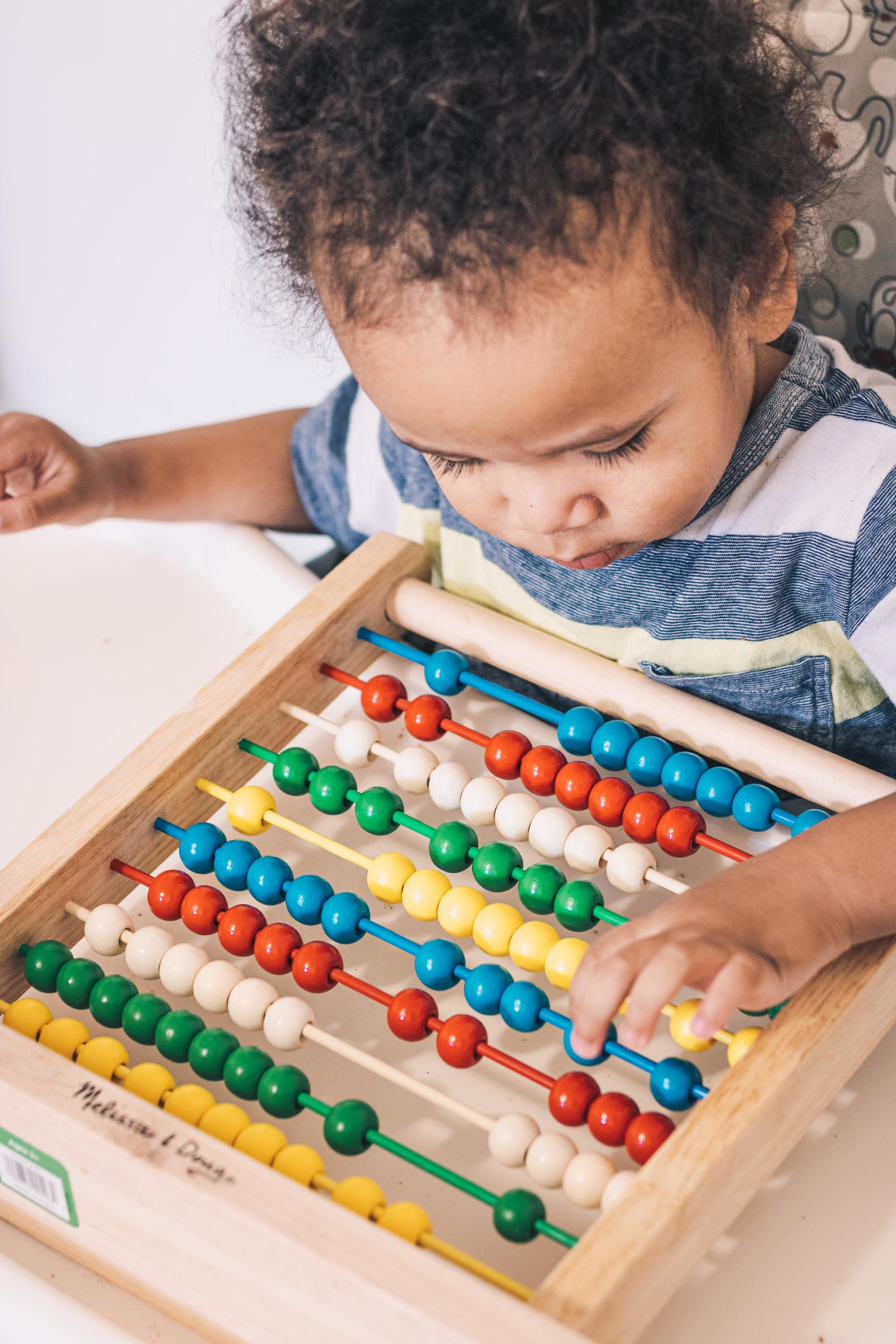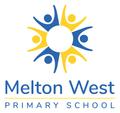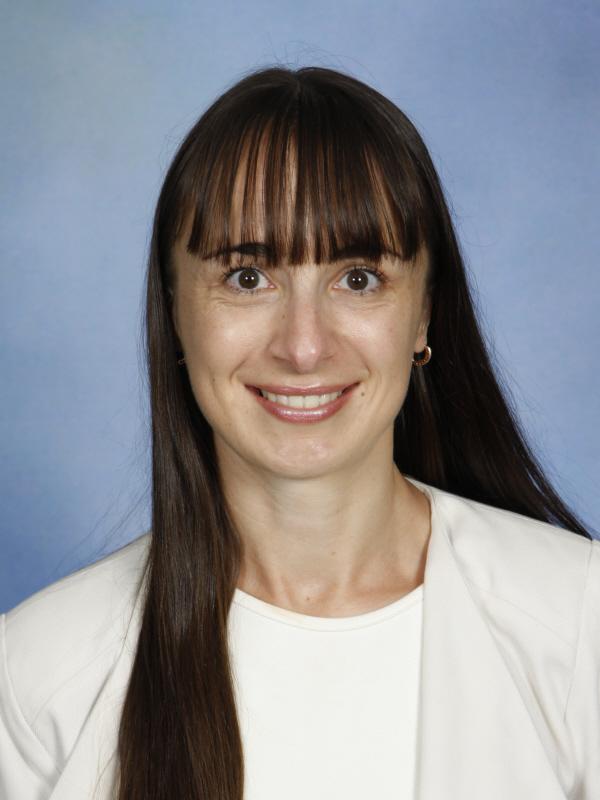Numeracy Report

EXPLORING MATHS WITH YOUR CHILD
You may feel that the maths your child is doing at school is different from how you were taught, but you will still be able to support your child in many ways. There are lots of activities you can do at home, using everyday items to help explore maths with your child.
SPORTS scores
- How does your favourite sport tally the score? What maths is presented on the tally?
- How do other sports tally the score, for example, tennis, golf, cricket, netball, football?
- What maths do you use to find the total of the scores?
- Are there other ways to record the score?
- How long do your favourite sport games go for in minutes and seconds? Are they divided into halves, quarters or something else?
- What are the shapes of different playing fields and courts? Talk about edges and angles.
- How can you estimate the perimeter and area of a playing field?
WEATHER maps
- Visit the website http://www.bom.gov.au/weather/vic/ or look at the weather maps in the newspaper
- What is the difference between the minimum and maximum temperature for each day?
- Find a seven-day forecast then record the actual temperature for each day and compare. Was the forecast accurate? What were the similarities and differences?
- Use the information on the weather website to explore differences in weather from your area to others. How much rain do you get compared to others? Are there differences in temperature?
RECIPES
- Collect and read recipes and discuss the use of fractions, millimetres and grams. Encourage your child to make accurate measurements using measuring cups and spoons.
- Discuss how you would double a recipe. Encourage your child to record the new measurements for the recipe.
- Identify the temperature and cooking time on the recipe.
- Estimate the cost to buy all the ingredients to make the recipe.
- Make a list of the abbreviations used in the recipe and then write them in full, for example, L for litre, mL for millilitre, tsp for teaspoon, tbs for tablespoon.
CATALOGUES
- How would you spend $40 from a catalogue? How many products can you buy for $40?
- Select five products from the catalogue then calculate what the cost be if there was a 50% sale. Does it make a difference if you add up the items, and then deduct 50%, or if each item is reduced by 50% then totalled?
- What is the best value sale item in the catalogue? Can you explain your reasoning?
- What are the cheapest and most expensive items in your catalogue?
- Compare the cost of a product across different stores using different catalogues. What did you find?
Kind Regards,
Klaudia Jellis
Leader of Mathematics

